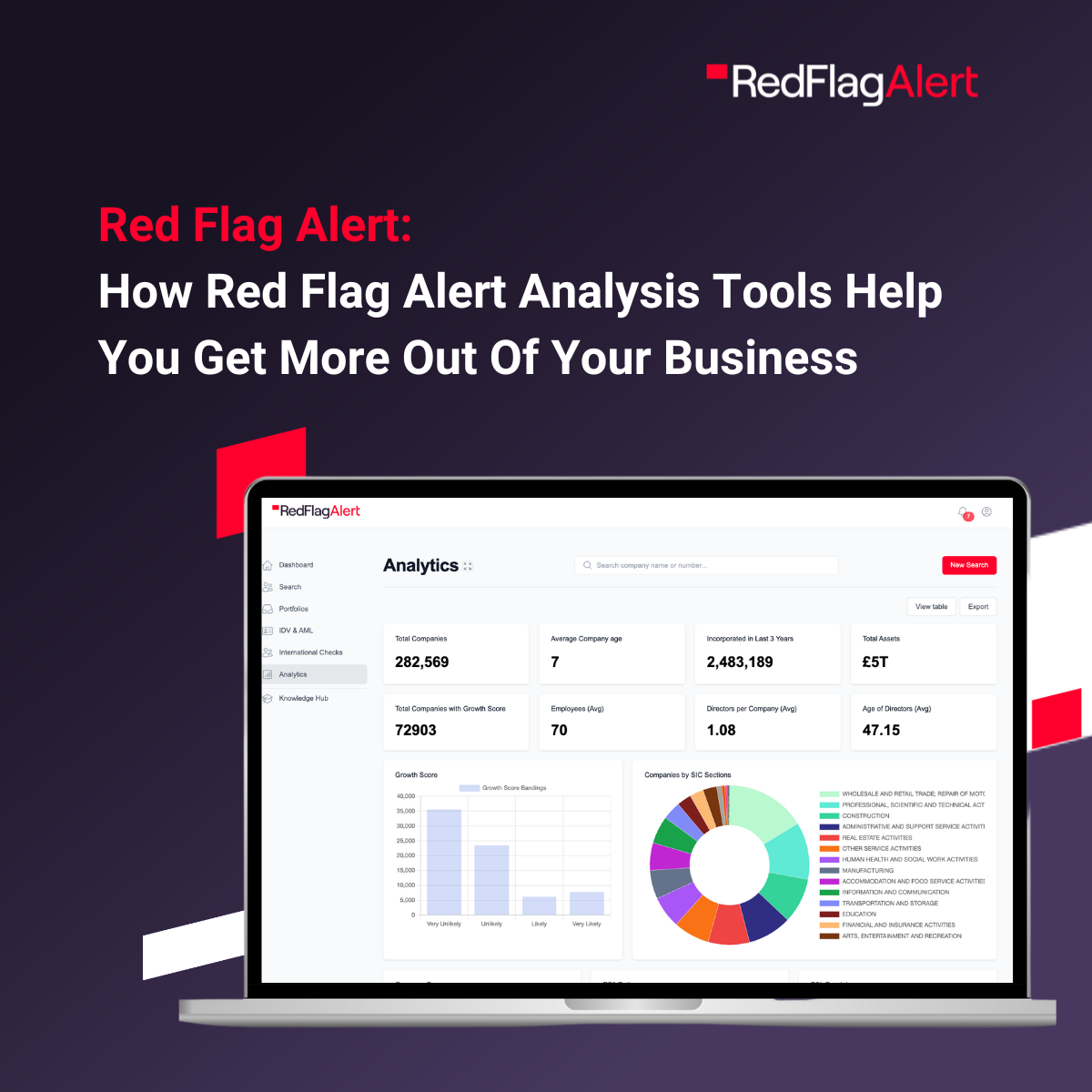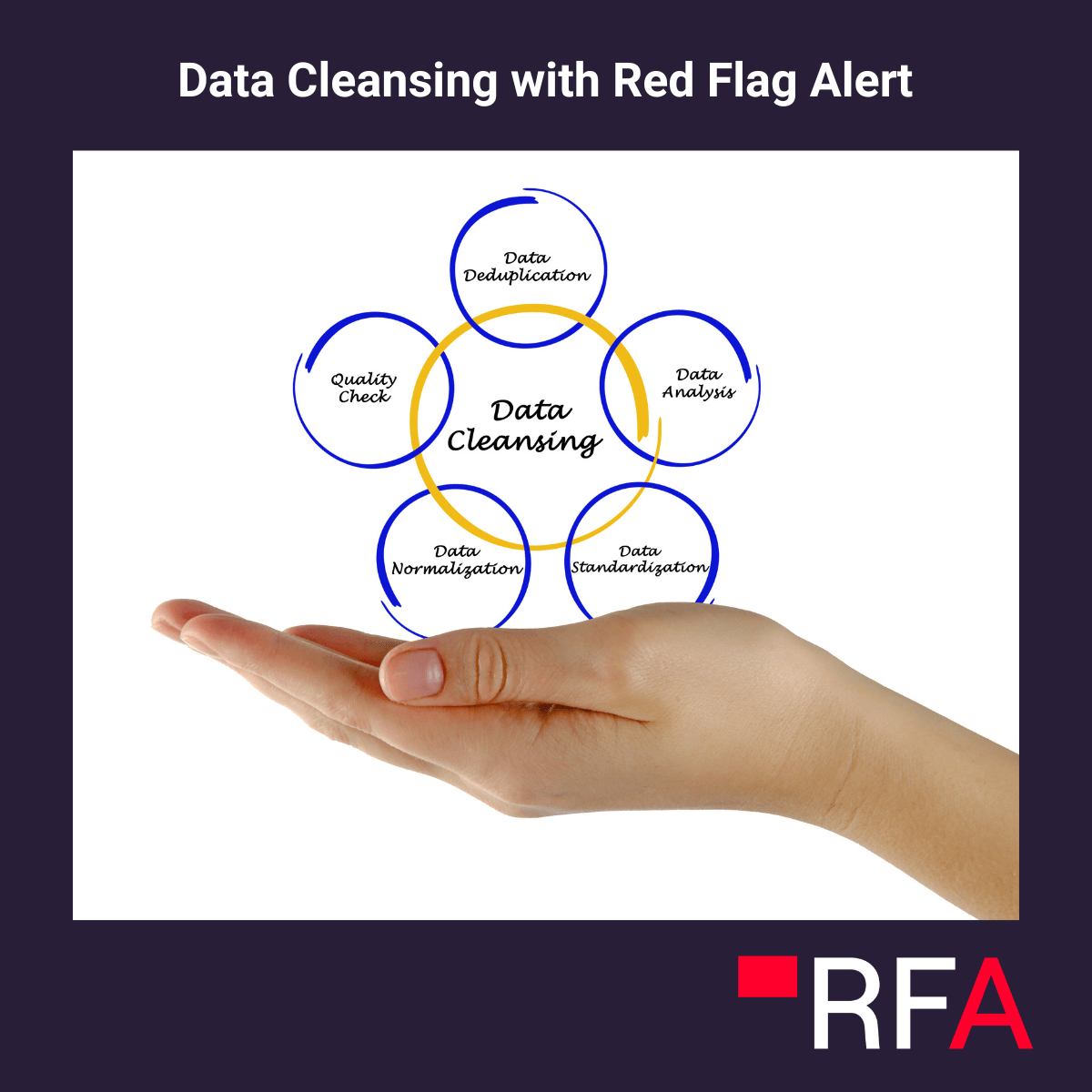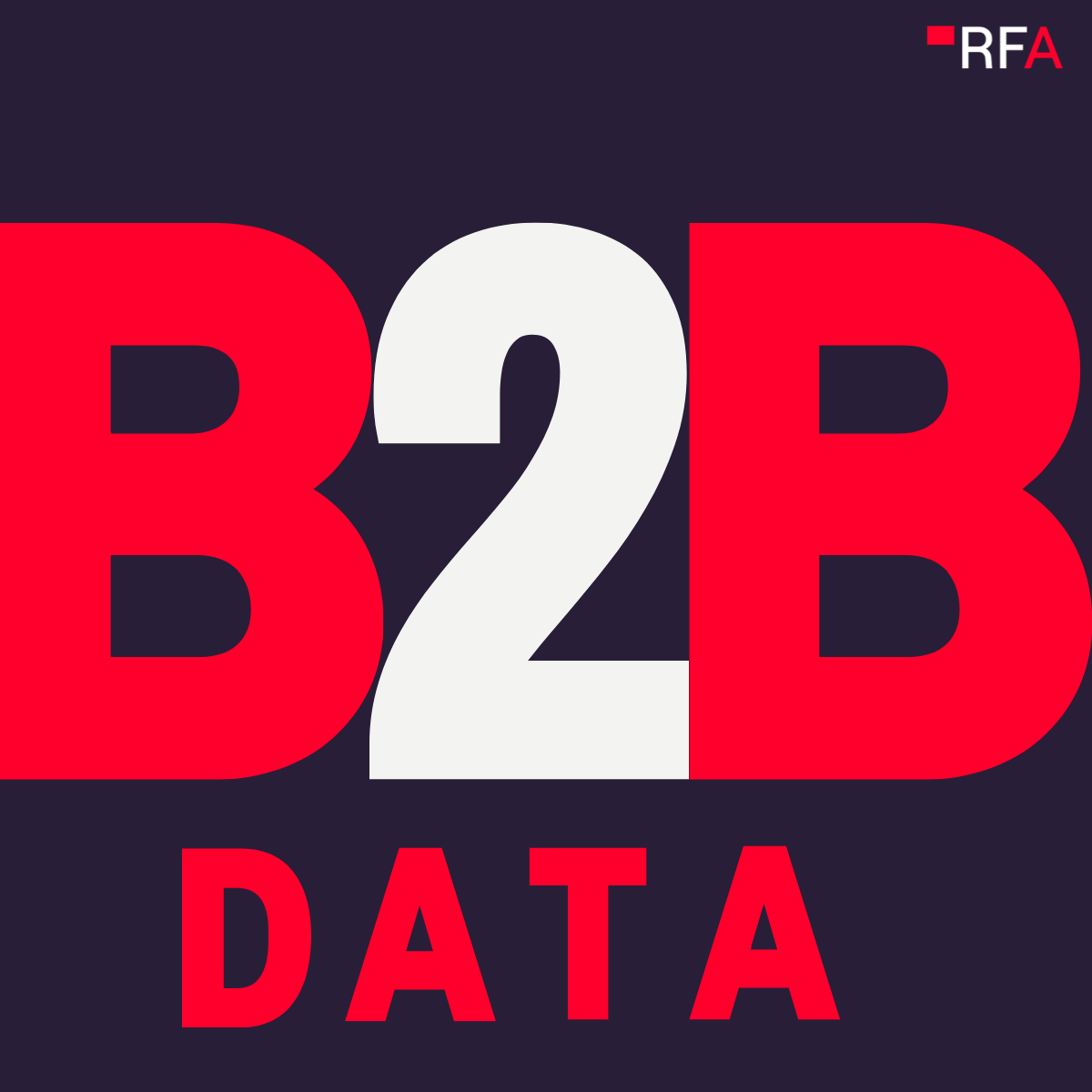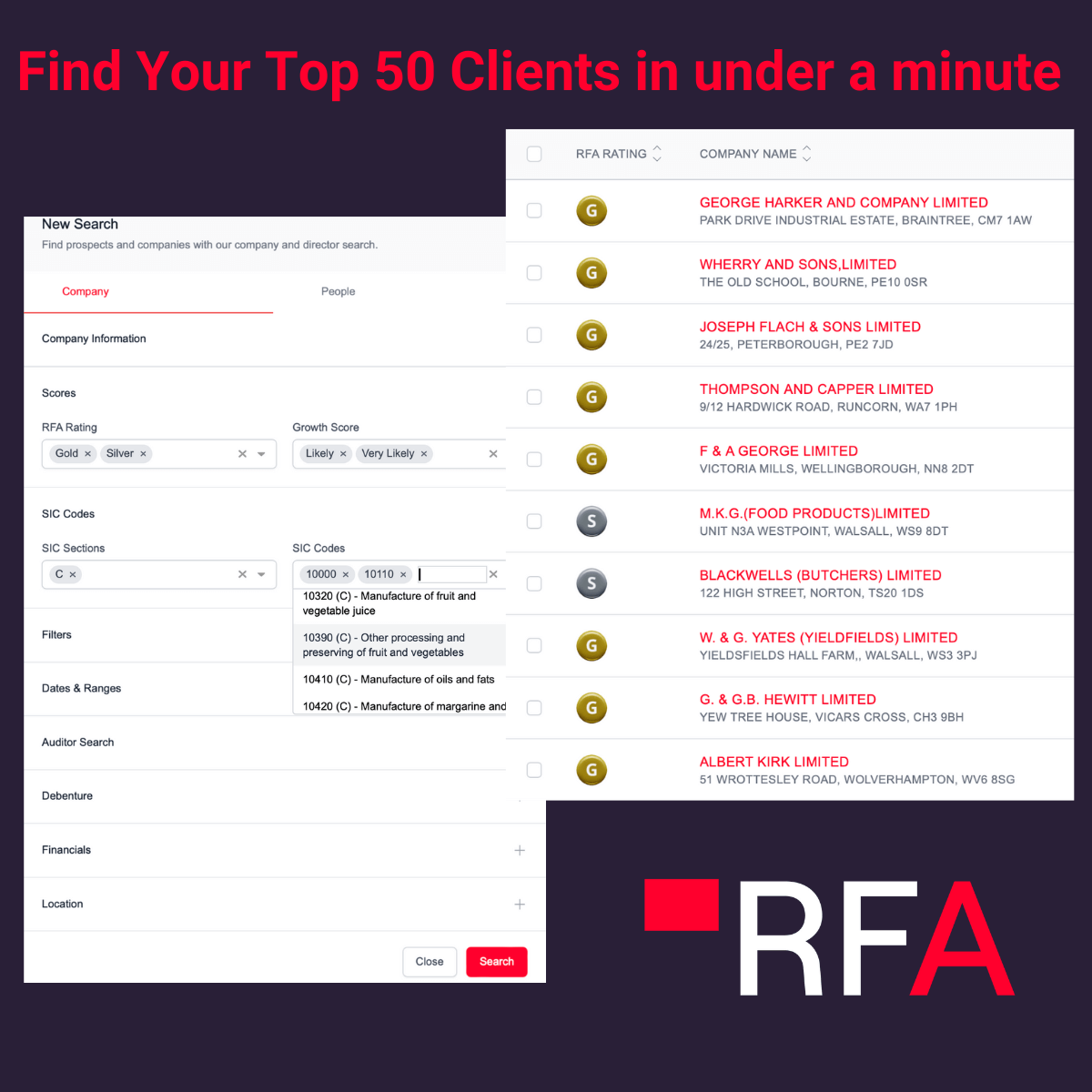As is the case in most companies, part of the Red Flag Alert sales process is listening to customer objections.
While it would be great if prospects could instantly see why we love our product as much as we do, we understand that most of the time customers will have questions and require some education on precisely how we help their business.
Objection handling is an integral part of any sales process. We know that sales teams who handle objections effectively will ultimately build more sales than those who don’t.
In this article, we’ll take a look at how Red Flag Alert handles objections as well as some common objections we come across. Hopefully, this will provide some unique insight into how your sales team can build its own objection handling strategy.
Objection Handling Methods
Before we move on to some of the specific objections we face, let’s first look at some objection handling strategies. The website Changing Minds is an excellent resource which explains the theories behind some objection handling techniques. Here’s a look at some of our favourites.
Tip the Bucket
Sales reps who use a ‘tip the bucket’ approach to objection handling, ask customers to list all the objections they may have when they bring up their first objection. While this provides sales reps with a larger number of challenges to overcome, it also gives them greater clarity into what the prospect is thinking.
The primary benefit is that now reps have all that information, they can handle all the customer’s objections in one go. If they can do this, they will be closer to a sale.
Handling objections in this way is also more conducive to producing a friendly conversation in which the two parties work together to discuss the customer’s challenges. It reduces the chance of the sales call or meeting turning into a battle whereby the rep handles an objection, only for the customer to throw up another – previously unmentioned – challenge.
Pre-Empting Objections
Sales teams that pre-empt objections try to handle any issues the customer may have before they even bring them up. Sales teams that do this effectively reduce the chance of the conversation turning negative because the rep has had to go on the defensive to handle an issue.
To use this strategy effectively, sales teams need an excellent understanding of their product and its value. They also need a way to gain insight into the prospect’s company to consider the specific objections they may have. Only by knowing the issues the prospect is facing can sales teams attempt to overcome them.
LAARC
A common objection handling technique is the LAARC system. LAARC stands for ‘Listen, Acknowledge, Assess, Respond, Confirm’. It can be good practice to respond to objections in this way and having it laid out as an acronym can help focus sales reps’ minds on each part of the process.
Handling objections using the LAARC system is effective because the LAA part of the process ensures the rep has an accurate understanding of the customer’s problem before trying to solve it. It also means that when they respond, they do so in a way that is helpful to the customer. Finally, the confirm part of the acronym – RC – ensures the objection has been handled properly and allows the rep to take steps if it hasn’t.
Feel, Felt, Found
Feel, Felt, Found is a useful objection handling technique because it uses social proof to overcome challenges.
The first step of the process is that the sales rep empathises with the customer when they bring up an objection.
Then they move the conversation onto another customer who felt the same way when they were in the prospect’s position. The rep then explains that the previous customer actually found the product to be a good fit.
By framing the issue in this way, the prospect sees how other customers in a similar situation to them received value from the product.
Why Objection Handling is Key to the Red Flag Alert Sales Process
Companies providing innovative solutions often have to deal with more objections – or at least a different set of objections – to companies that sell established products.
Company leaders will generally be happy to spend on new lead lists or CRM software for their sales department because they already understand these products and the value they bring.
This means the sales teams selling these products don’t have to spend as much time convincing the client of their value. The prospect either wants the product or they don’t, although sales teams in this situation will have other challenges. For example, differentiating their product from competitors.
At Red Flag Alert we are introducing a product that many decision-makers won’t have any experience of working with, meaning there often needs to be a period of education.
Additionally, while prospective clients will always have a budget for the tools they already consider essential, they may not initially have the money available to buy a new product – no matter how good the returns on investment are.
Both these points influence the objection handling techniques Red Flag Alert uses. We put much effort into both increasing the customer’s understanding of our product and its benefits, as well as showing how it can produce a positive ROI.
To do this, we spend a lot of time creating sales collateral, such as blog posts, case studies, white papers, eBooks, and other content that sales teams can use to help with the objection handling process.
In Part 2 of this article, we’ll look at some specific objections our sales team comes up against and detail how they overcome them.
To learn how Red Flag Alert’s B2B prospector tool can help your business grow, get started with a free trial.




